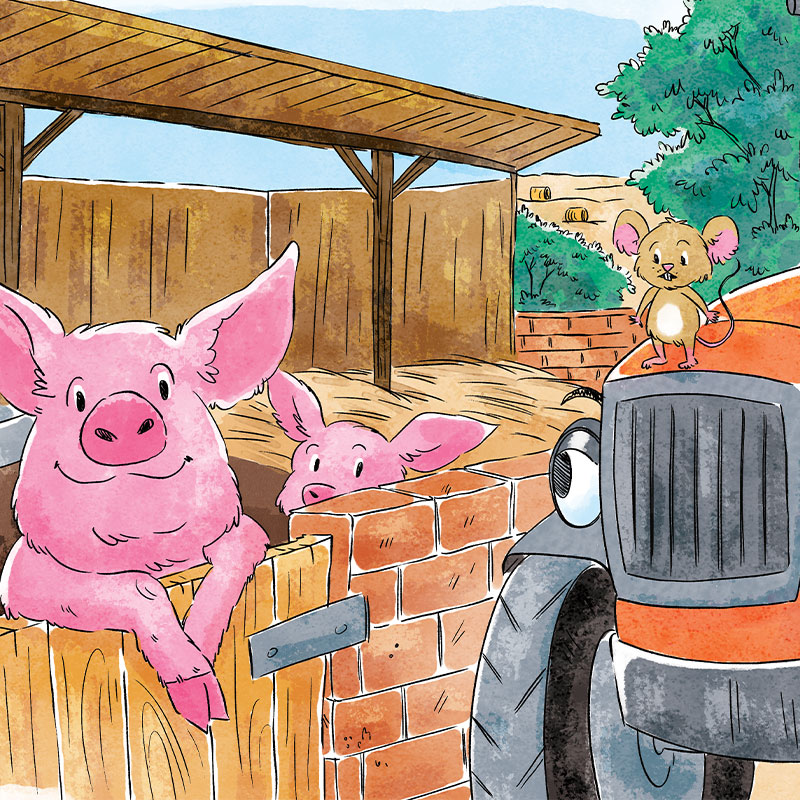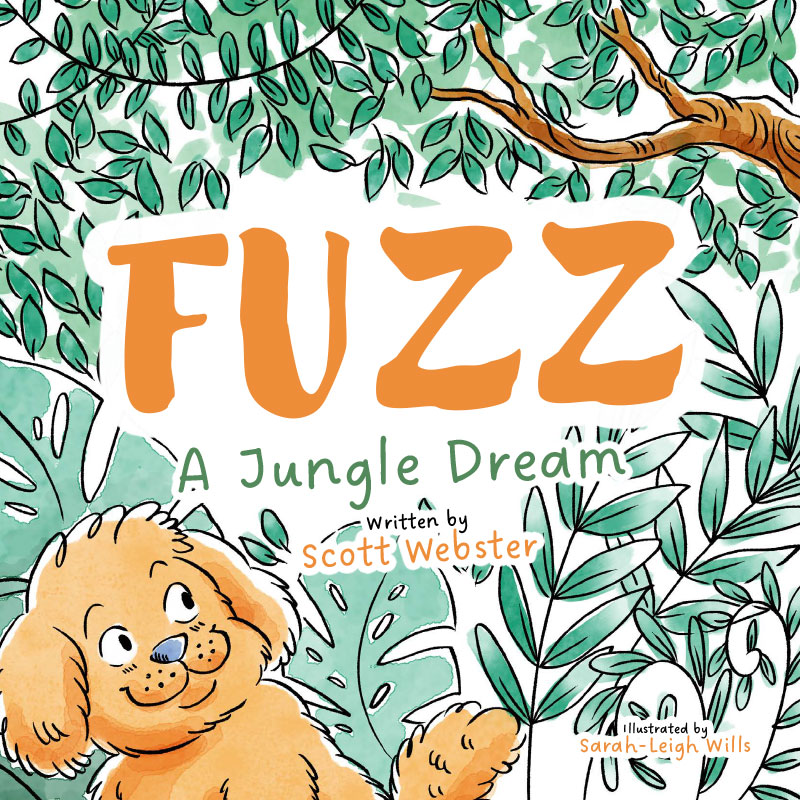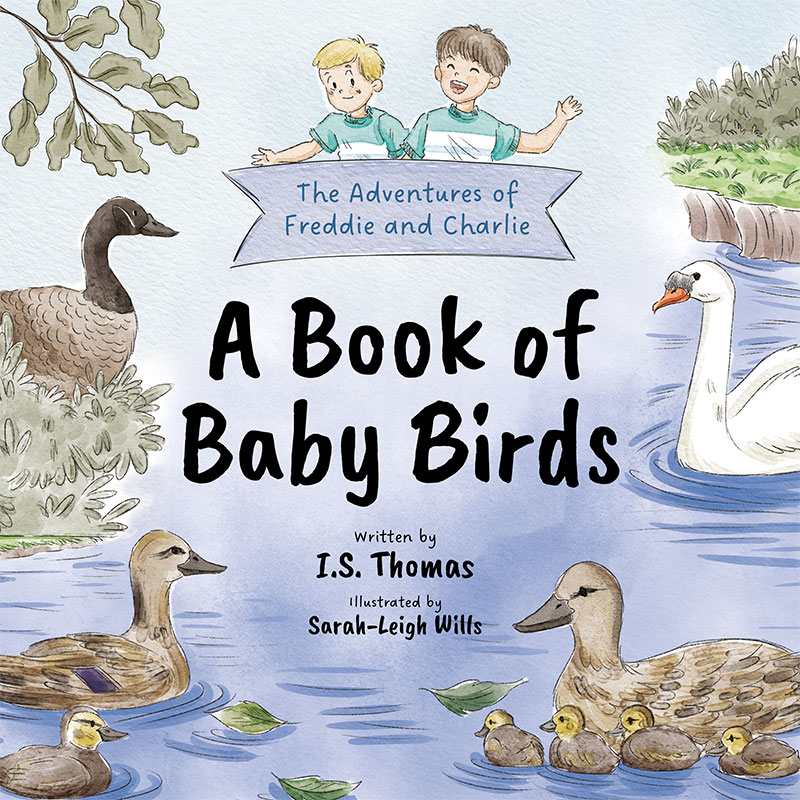Storytelling is an age-old tradition that has captivated the hearts and minds of children for generations. It is a powerful tool that not only entertains but also plays a crucial role in a child’s emotional and educational development. Engaging stories have the ability to transport children to new worlds, introduce them to fascinating characters, and impart valuable life lessons. The art of storytelling is a skill that has been passed down through generations, and it continues to evolve and adapt to the changing times. Whether it’s a bedtime story, a folktale shared around a campfire, or a digital narrative, the power of storytelling remains undiminished.
In this article, we will delve into the art of crafting tales that not only captivate young audiences but also contribute to their personal growth and learning journey. We will explore the elements that make a story truly engaging, the emotional and educational benefits of storytelling, and the techniques that storytellers can employ to create a lasting impact on young minds.
Elements of a Captivating Story
To create a story that truly engages children, several key elements must be present. Firstly, strong characters and relatable protagonists are essential. Children should be able to see themselves or aspire to be like the characters in the story, fostering a deep connection with the narrative. Well-developed characters with distinct personalities, flaws, and growth arcs help children understand the complexities of human nature and the importance of personal development. Secondly, an engaging plot and well-structured narrative are crucial in maintaining a child’s interest. The story should have a clear beginning, middle, and end, with a compelling conflict and satisfying resolution.
A well-paced plot keeps children engrossed, eagerly anticipating what happens next. Thirdly, vivid settings and imaginative worlds allow children to escape into a realm of wonder and possibility. Richly described environments, whether they be enchanted forests, distant planets, or everyday neighbourhoods, stimulate children’s imagination and encourage them to explore new ideas. Lastly, themes and morals that resonate with children’s experiences and values help them derive meaning and purpose from the story. Stories that tackle universal themes such as friendship, courage, kindness, and perseverance provide children with a framework for understanding the world and their place within it.
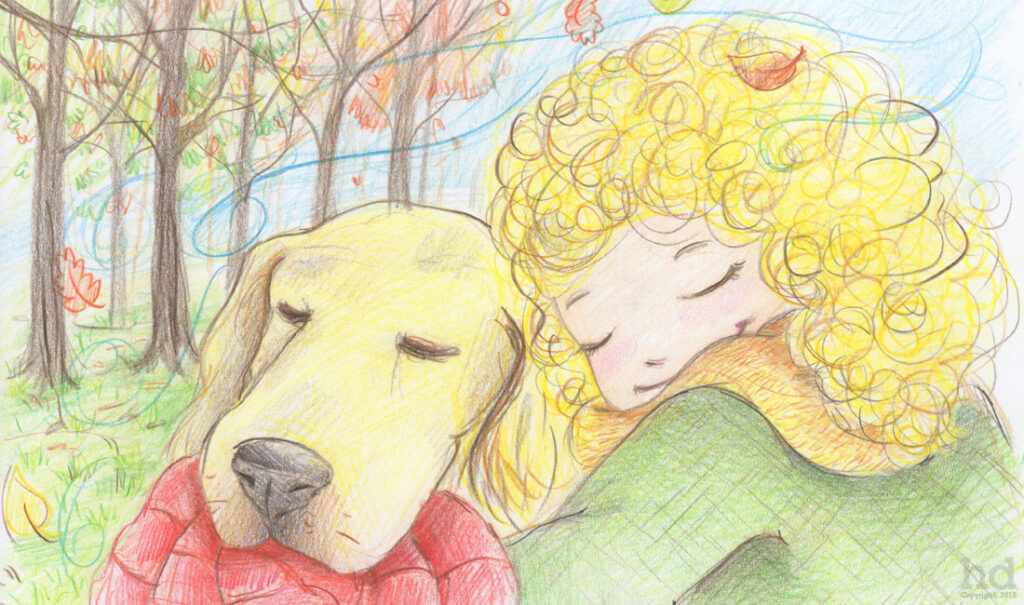
The Emotional Value of Storytelling
One of the most significant benefits of storytelling is its ability to nurture emotional intelligence in children. Through stories, children can explore a wide range of emotions, from joy and excitement to sadness and fear, in a safe and controlled environment. This exposure helps them develop empathy, as they learn to understand and relate to the feelings of others. Stories provide a window into the inner lives of characters, allowing children to witness how different individuals navigate challenges and cope with adversity. By identifying with characters and their struggles, children gain insight into their own emotions and learn valuable strategies for managing them. Stories also provide a platform for children to navigate complex emotions and challenges, offering guidance and coping strategies. Through the experiences of characters, children can vicariously explore difficult situations and learn from their outcomes.
This emotional exploration helps children build resilience and develop a more nuanced understanding of the human experience. Furthermore, the shared experience of storytelling fosters strong bonds between the storyteller and the listener, creating a sense of intimacy and connection. The act of storytelling itself becomes a nurturing and comforting ritual, providing children with a sense of security and belonging.
The Educational Value of Storytelling
In addition to its emotional benefits, storytelling serves as a powerful educational tool. Engaging stories can enhance language skills and expand a child’s vocabulary, as they are exposed to new words and phrases in context. The rich language of stories, with its descriptive prose, dialogue, and figurative expressions, helps children develop a more sophisticated understanding of language and its potential for communication. Stories also promote critical thinking and problem-solving skills, as children engage with the plot, predict outcomes, and analyse character motivations. By actively participating in the story, children learn to ask questions, make inferences, and draw conclusions, skills that are essential for academic success and lifelong learning. Moreover, stories introduce children to new concepts, ideas, and perspectives, broadening their understanding of the world around them.
Whether it’s learning about different cultures, historical events, scientific principles, or social issues, stories provide a gateway to knowledge and understanding. By making learning an enjoyable and immersive experience, storytelling cultivates a love for knowledge and reading that can last a lifetime. Stories have the power to inspire curiosity, spark creativity, and encourage children to explore new subjects and ideas.

Techniques for Effective Storytelling
To maximise the impact of storytelling, it is essential to employ effective techniques that engage and captivate young audiences. Vocal variety and expression are key in bringing characters to life and conveying the emotional depth of the story. By modulating pitch, tone, and volume, storytellers can create distinct voices for different characters and evoke a range of emotions in their listeners. Pacing and timing are equally important, ensuring that the story unfolds at a suitable rate, allowing for moments of tension, anticipation, and resolution. Effective storytellers know when to pause for effect, when to quicken the pace to build excitement, and when to slow down to allow for reflection.
Engaging body language and gestures can further enhance the storytelling experience, making it more dynamic and interactive. Facial expressions, hand movements, and physical enactments of story elements help bring the narrative to life and keep children engaged. Encouraging audience participation, such as asking questions or inviting children to contribute to the story, fosters a sense of involvement and ownership. By making children active participants in the storytelling process, storytellers can deepen their connection with the audience and make the experience more memorable.
Adapting Stories for Different Age Groups
When crafting stories for children, it is crucial to consider the age and developmental stage of the audience. Choosing age-appropriate themes and language ensures that the story resonates with the intended age group. For younger children, shorter stories with simpler language and more visual elements are often most effective. The use of repetition, rhyme, and predictable patterns can help young children follow the story and engage with its content. As children grow older, stories can increase in length and complexity, exploring more nuanced themes and issues. Older children can handle more sophisticated language, complex characters, and multi-layered plots. Interactive elements, such as songs, rhymes, or puppets, can be incorporated for younger children to maintain engagement and make the storytelling experience more participatory.
For older children, stories can delve into more complex topics, encouraging critical thinking and self-reflection. Discussions and activities related to the story’s themes can help older children explore their own ideas and perspectives, fostering a deeper understanding of the narrative’s significance.
The Role of Storytelling in Different Cultures
Storytelling is a universal art form that transcends cultural boundaries. Every culture has its own rich tradition of storytelling, with tales that reflect its unique history, values, and worldview. Exploring diverse storytelling traditions from around the world enriches children’s understanding of different cultures and promotes cultural appreciation. Folktales and mythologies offer valuable insights into the values, beliefs, and histories of various societies. These stories often contain timeless wisdom and moral lessons that remain relevant across generations. By sharing stories from different cultures, storytellers can help children develop a broader perspective on the world and appreciate the diversity of human experience. Adapting stories to reflect cultural nuances and perspectives is also an important aspect of culturally responsive storytelling.
By incorporating cultural elements, such as language, customs, and traditional attire, storytellers can create a more authentic and immersive experience for children. This approach not only makes the story more relatable for children from that particular culture but also fosters a sense of pride and connection to their heritage. Sharing stories from different cultures also promotes empathy and understanding, as children learn to recognise and respect the experiences and viewpoints of others. By exposing children to a wide range of cultural narratives, storytellers can help build bridges of understanding and promote a more inclusive and tolerant society.
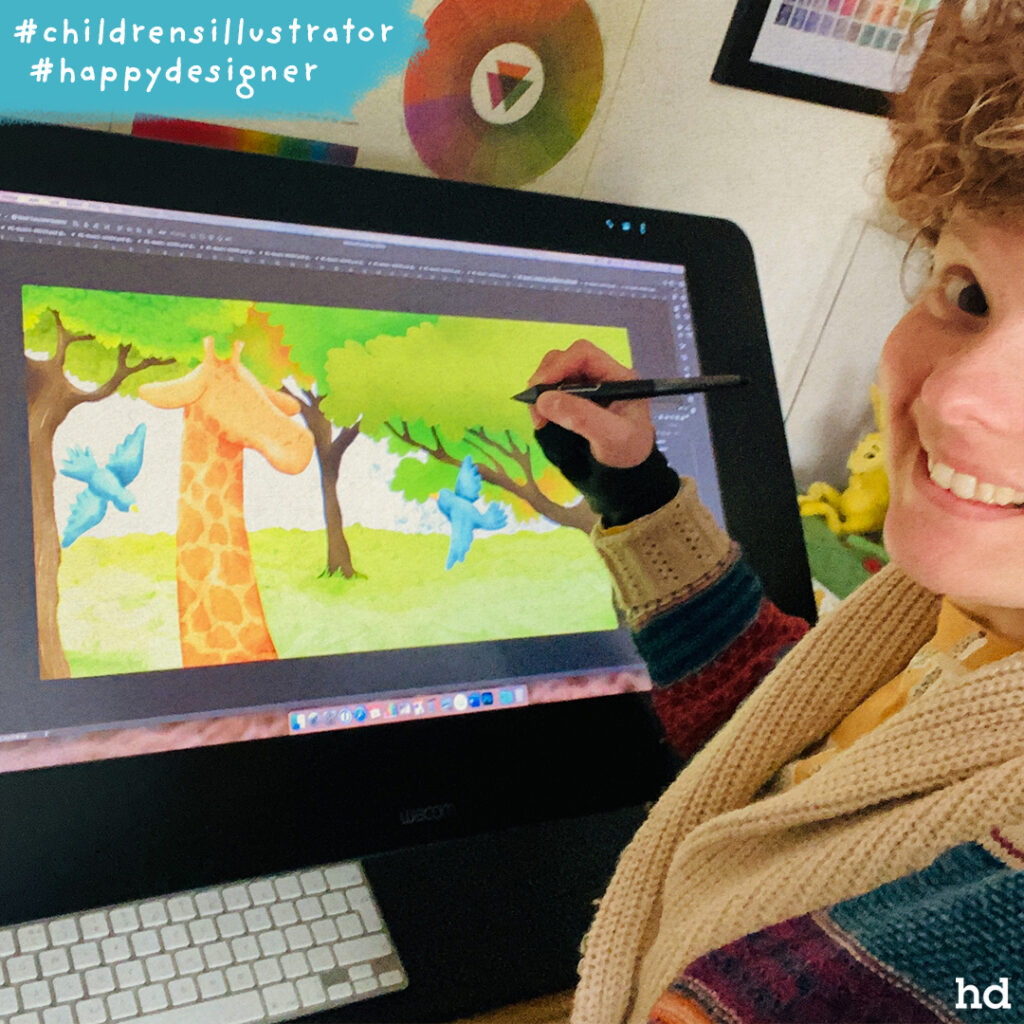
Storytelling in the Digital Age
In the digital era, storytelling has evolved to embrace new platforms and technologies. The rise of digital storytelling has opened up exciting possibilities for engaging children through multimedia elements such as animation, sound effects, and interactive features. Digital stories can bring characters and settings to life in ways that were previously not possible, creating immersive experiences that captivate young audiences. Interactive e-books, for example, allow children to actively participate in the story by making choices, solving puzzles, or exploring additional content. These digital enhancements can make the storytelling experience more dynamic and engaging, particularly for tech-savvy children. However, it is essential to strike a balance between screen time and traditional storytelling.
While digital tools can enhance the storytelling experience, they should not replace the human connection and intimacy that comes with face-to-face storytelling. The presence of a live storyteller, with their ability to adapt to the audience’s reactions and engage in real-time interaction, is irreplaceable. Technology should be used thoughtfully, as a means to augment and enrich the storytelling process, rather than as a substitute for human interaction. By combining the best of both worlds – the engaging power of digital media and the warmth of human connection – storytellers can create truly memorable and impactful experiences for children.
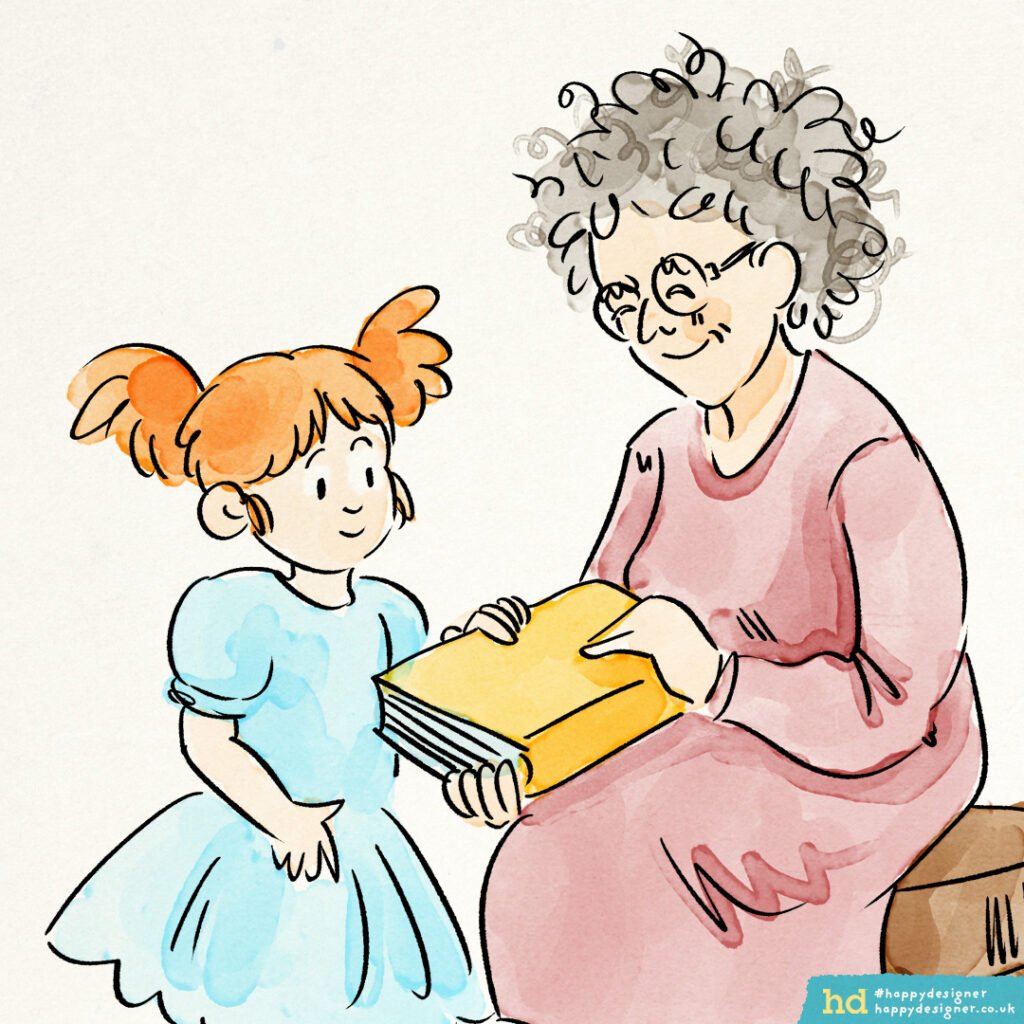
Encouraging Children to Become Storytellers
Fostering a love for storytelling in children not only enhances their appreciation for the art form but also nurtures their own creativity and imagination. Providing opportunities for children to practise storytelling, whether through informal play or structured activities, allows them to develop their unique voices and perspectives. Encouraging children to create their own stories, whether through writing, drawing, or oral telling, helps them express their ideas and emotions in a safe and supportive environment. Storytelling activities can be integrated into daily routines, such as bedtime stories or family gatherings, or incorporated into educational settings, such as classroom projects or after-school programs.
Celebrating children’s storytelling efforts, regardless of their skill level, builds confidence and encourages further exploration. By praising their creativity, imagination, and effort, adults can help children develop a positive relationship with storytelling and see themselves as capable storytellers. Creating a supportive and inclusive environment that values diverse narratives is crucial in nurturing a new generation of storytellers. By exposing children to a wide range of stories and storytelling styles, and by valuing their own unique contributions, we can help them find their own storytelling voice and develop a lifelong love for the art form.
Conclusion: The Enchanting Art of Storytelling
The art of storytelling is a powerful tool for engaging and educating children. By crafting tales that captivate young minds, we can foster emotional intelligence, promote educational growth, and create lasting bonds. Effective storytelling involves carefully crafting characters, plots, and themes that resonate with children, while adapting stories to suit different age groups and cultural contexts. The emotional value of storytelling lies in its ability to nurture empathy, help children navigate complex emotions, and foster strong connections between storyteller and listener. The educational value of storytelling is evident in its capacity to enhance language skills, promote critical thinking, and introduce new concepts and ideas.
In the digital age, we must find ways to harness technology to enhance storytelling, while preserving the human connection at its core. By encouraging children to become storytellers themselves, we empower them to express their creativity, share their unique perspectives, and contribute to the rich tapestry of human storytelling. As parents, educators, and caregivers, let us embrace the enchanting art of storytelling and unlock its transformative potential in the lives of the children we nurture. Together, we can create a world where every child’s story is valued, celebrated, and cherished.
Unleash your child’s imagination with Happydesigner’s bespoke children’s book character design that brings stories to life!

Further Reading
Explore the impact and techniques of children’s book illustrations and storytelling through these insightful resources:
- How Picture Books Help Kids Develop Literacy Skills: Discover the important benefits of picture books in developing literacy skills among young children. Read more at Reading Partners.
- The Value of Wordless Picture Books: Learn about the use of wordless picture books for narrative assessment and treatment purposes in speech language pathology at Smart Speech Therapy.

